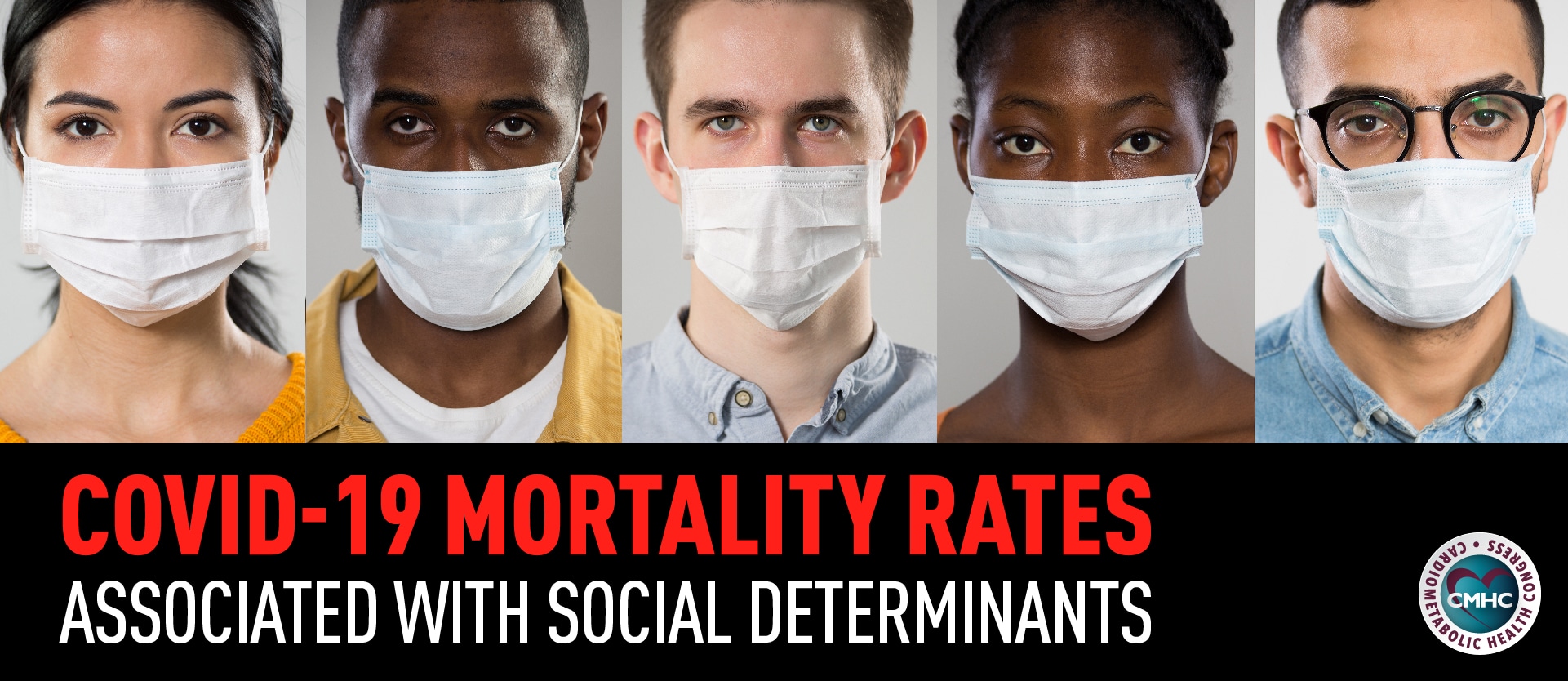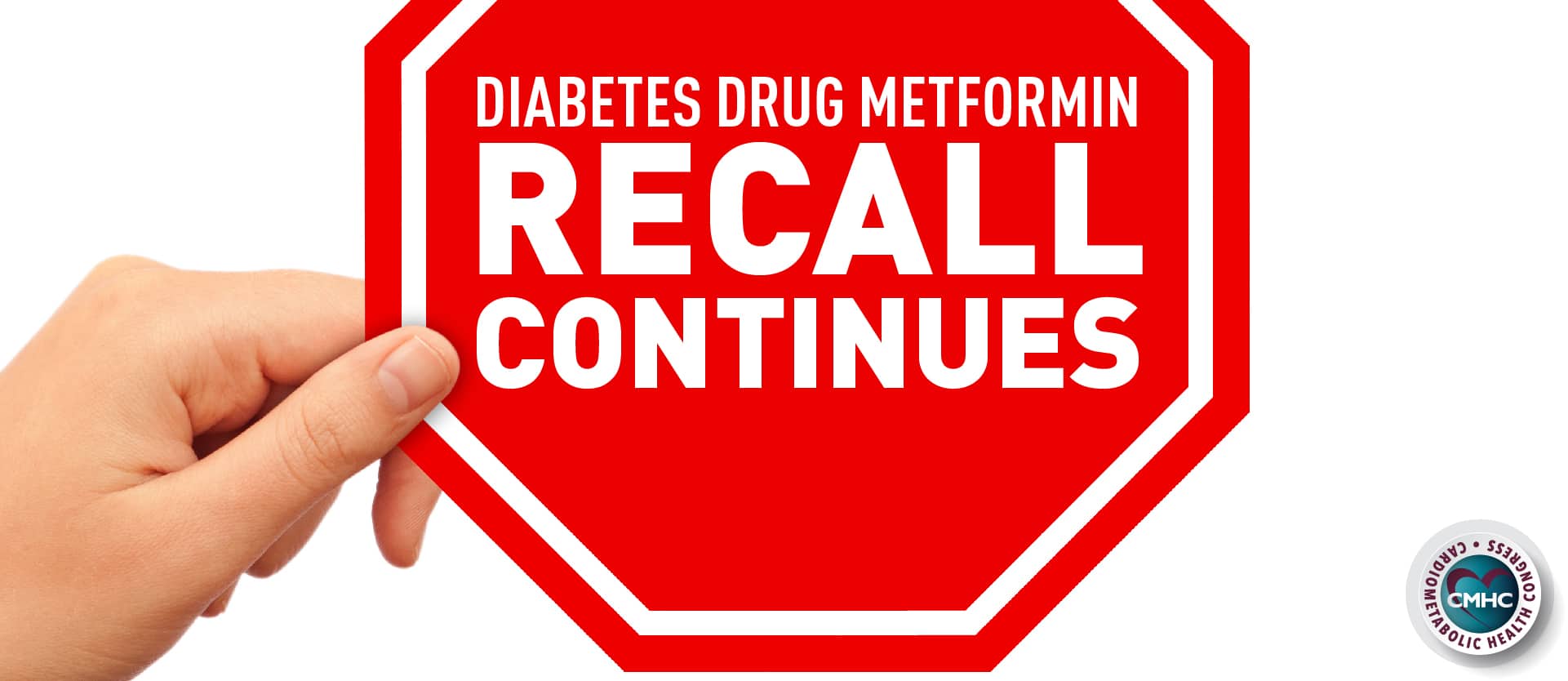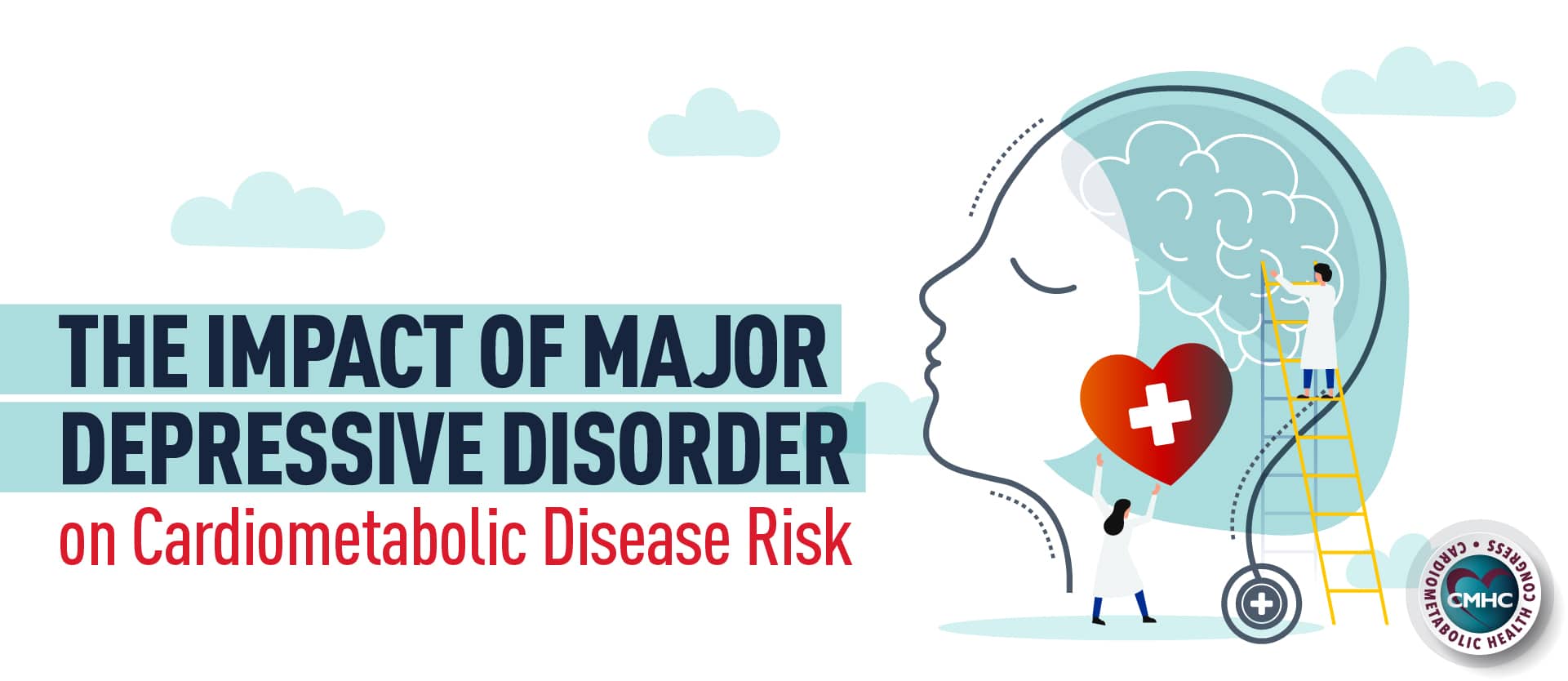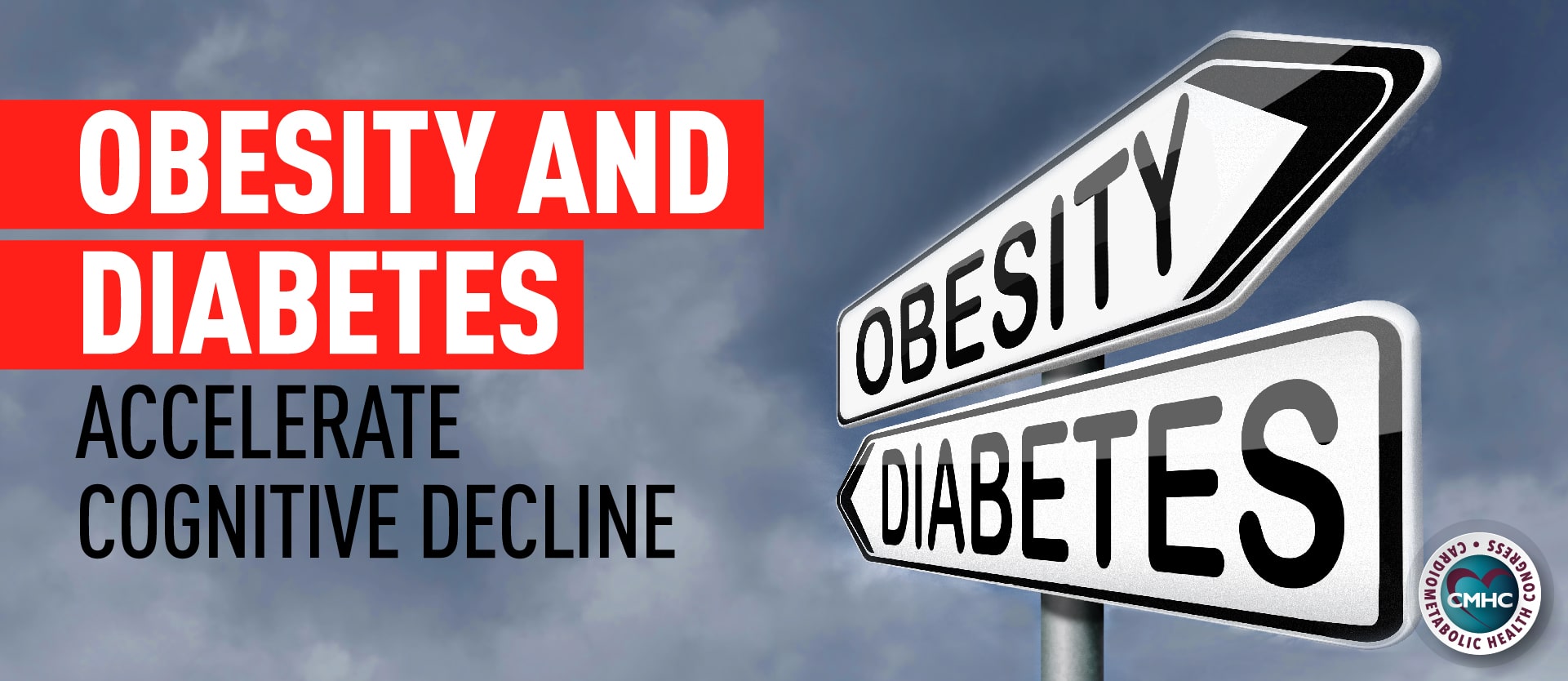Although the novel coronavirus has been deemed an equalizer – necessitating the same prevention and safety measures across the world for all individuals – socioeconomic disparities are undeniably impacting morbidity and mortality rates. Prior research has revealed that Black Americans and elderly individuals are more likely to die from COVID-19 illness compared with Caucasian patients and those under the age of 65. State to state data reveals that the proportion of COVID-19 deaths drastically varies; for example, in the Northeast death rates are significantly higher, while in California mortality rates are the lowest.
Variations in COVID-19 mortality rates could be correlated with patient age, race, socioeconomic status, and other social determinants of health data, according to an emerging study from researchers at the MIT Sloan School of Management.
Examining COVID-19 Mortality Rates
In order to gain a better understanding of disparities in COVID-19 mortality rates and the factors underlying them, the team of investigators analyzed daily COVID-19 death rates on a county level that occurred between April 4th and May 27th, 2020. Data were gathered from the COVID-19 Data Repository by the Center for Systems Science and Engineering (CSSE) at Johns Hopkins University and were divided into four categories: Socioeconomic Variable, Commute Patterns, Health, and Climate and Pollution. The percentage of the population below the poverty line, race, age, income, education, and population density were factored into socioeconomic variables for the 3,028 total counties included.
Mortality Rates Among Black Americans
Data from the study revealed that Black American patients faced an increased likelihood of mortality from COVID-19 illness. The researchers found a positive, large correlation between mortality rates and the percentage of Black Americans in the model that did not consider state-fixed effects – results were not statistically significant in the state-fixed model. A 10 percentage point increase in Black/ American residents was correlated with an increase of 0.126 deaths per 1,000 people.
Interestingly, the study’s authors found an association between mortality rates and public transit use as well; higher rates of commuting via public transport were associated with higher death rates compared with other modes of transportation. Counties with a higher share of commuting workers had a higher mortality rate compared with those with higher rates of telecommuters. A 20.6 percentage point increase in public transit use was linked to an increase of 0.99 in the death rate per 1,000 people; this was an increase nearly 10 times the average mortality rate across all counties. These results also implied that counties with high levels of telecommuters report lower death rates overall.
Notably, the study did not find any statistically significant correlations between obesity rates, ICU beds per capita, local pollution, or poverty rates.
The Impact of Social Determinants on Population Health
The latest findings have strong potential implications for determining populations most at risk for dying from COVID-19 illness, which can be used to inform policy and decision-making in response to the virus outbreak. However, researchers emphasize the need to better understand the underlying causes behind disparities in mortality rates between racial groups, such as pervasive, systemic racism that impacts the quality of health insurance, hospitals, and healthcare for Black American patients.
“Identifying these relationships is key to helping leaders understand both what’s causing the correlation and also how to formulate policies that address it,” Christopher R. Knittel, the George P. Shultz Professor of Applied Economics at MIT Sloan said in a press release.
Systematic racism has long plagued the health of marginalized populations through various social determinants of health – a subject not only particularly evidenced by the novel coronavirus pandemic but also heavily discussed over the past several weeks in light of mounting racial tensions.
Although researchers caution that due to the observational nature of the study, the identified relationships are not necessarily causal, they may assist policy-making initiatives that address the social factors influencing COVID-19 mortality rates and help develop policies based on the correlation between social determinants and patient health outcomes. The association evidenced in the latest study warrants further investigation in order to reform healthcare standards, not only for the duration of the global pandemic, but to better serve and care for disadvantaged demographics moving forward.


















